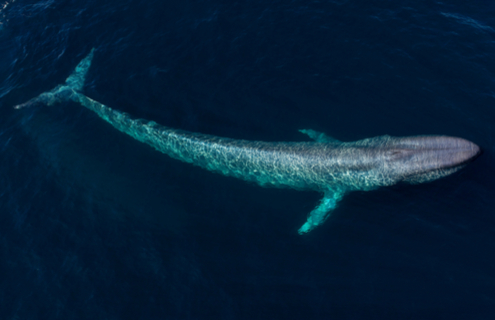Blue Whale Re, the captive insurer of global pharmaceutical company Pfizer, has had its financial strength rating of A (Excellent) and its long-term issuer credit rating of “a+” affirmed by A.M. Best.
The outlook of the Vermont-based captive’s ratings is stable.
As an insurer and reinsurer Pfizer’s global property options, Blue Whale plays an important role in the pharmaceutical company’s overall enterprise risk management and assumes a critical role it protecting the Pfizer enterprise’s assets.
The nature of the relationship between Blue Whale and its parent company means changes in Pfizer’s credit risk can have certain impact on the captive’s ratings, as it is dependent on Pfizer’s ability to support its credit risk profile, competitiveness and risk management.
The ratings reflect the strategic and integral role the captive plays in Pfizer’s risk management platform.
Additionally, the ratings are reflective of Blue Whale’s “very strong” balance sheet, its strong operating performance, neutral business profile, appropriate ERM.
The captive’s capitalisation is very strong, albeit reliant on its parent.
It operates at conservative underwriting leverage levels; however, it provides coverages with extremely large limits, and its gross exposures per loss occurrence are elevated.
Net retentions remain very substantial, despite it benefiting from reinsurance protection.
Reinsurance is provided by a large panel of reinsurers, and the captive is reliant on significant capacity to support its obligations, meaning the captive is heavily dependant on reinsurance.
Blue Whale’s outlooks are stable, as a result of A.M. Best’s view of third-party credit ratings and Pfizer’s market market-based credit risk measures indicating stability.
The captive’s results rebounded last year as it recovered from the impact of Hurricane Maria, which occurred in late 2017.
Reserves are expected to return to historical levels following the expected resolution of all Hurricane Maria-related claims in Mid-2019.
Positive rating actions could be caused by the company’s operating performance improving to outperform similarly rated peers with supportive risk-adjusted capitalisation.
Alternatively, negative rating action could occur if underwriting performance weakens and negatively impacts risk-adjusted capitalisation over time, or if there is a material shift in risk profile that could potentially undermine the stability and profitability of the company.
They may also be caused by the material deterioration of the parent’s credit profile.


